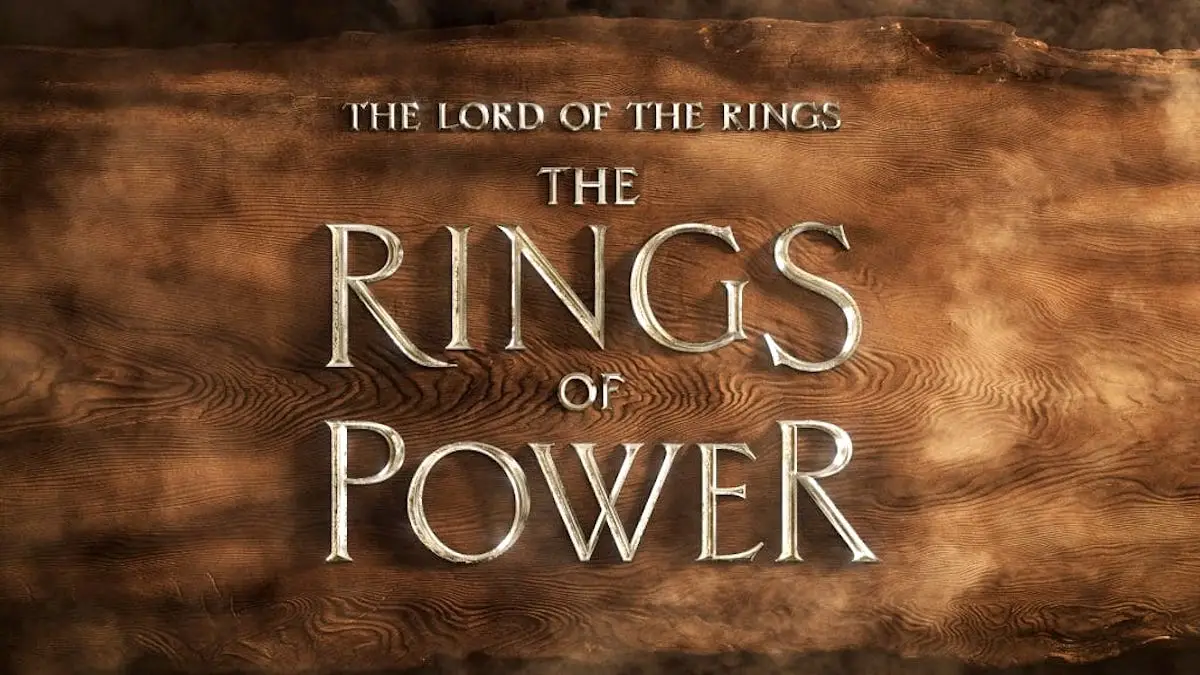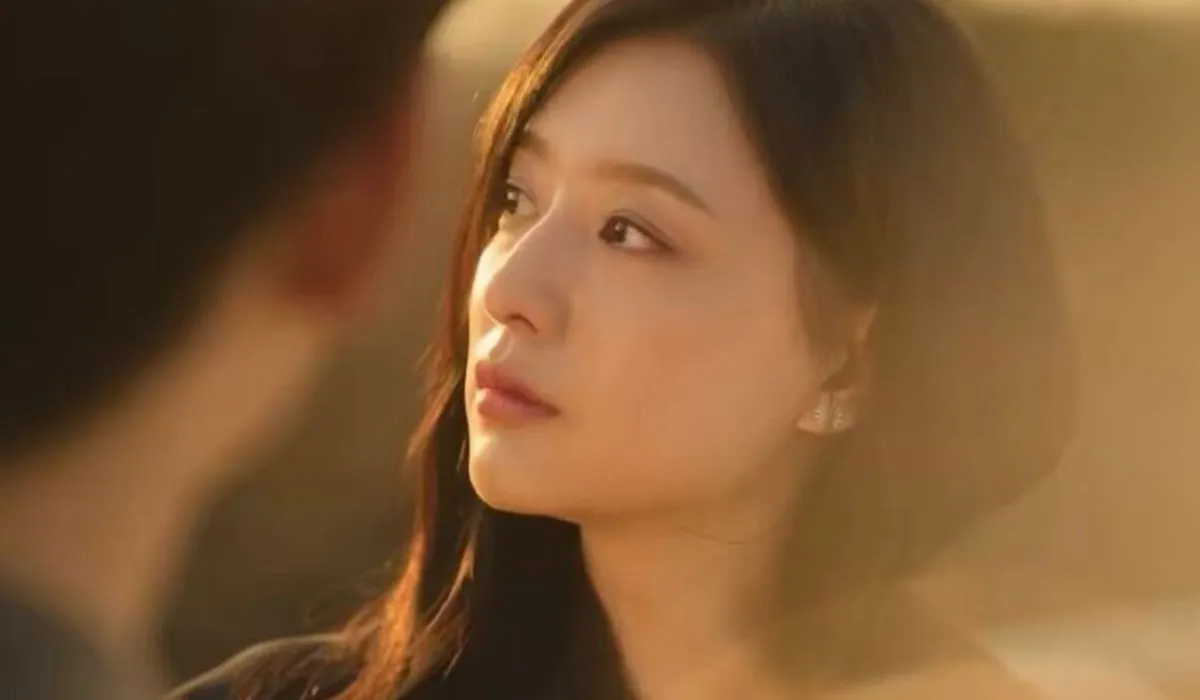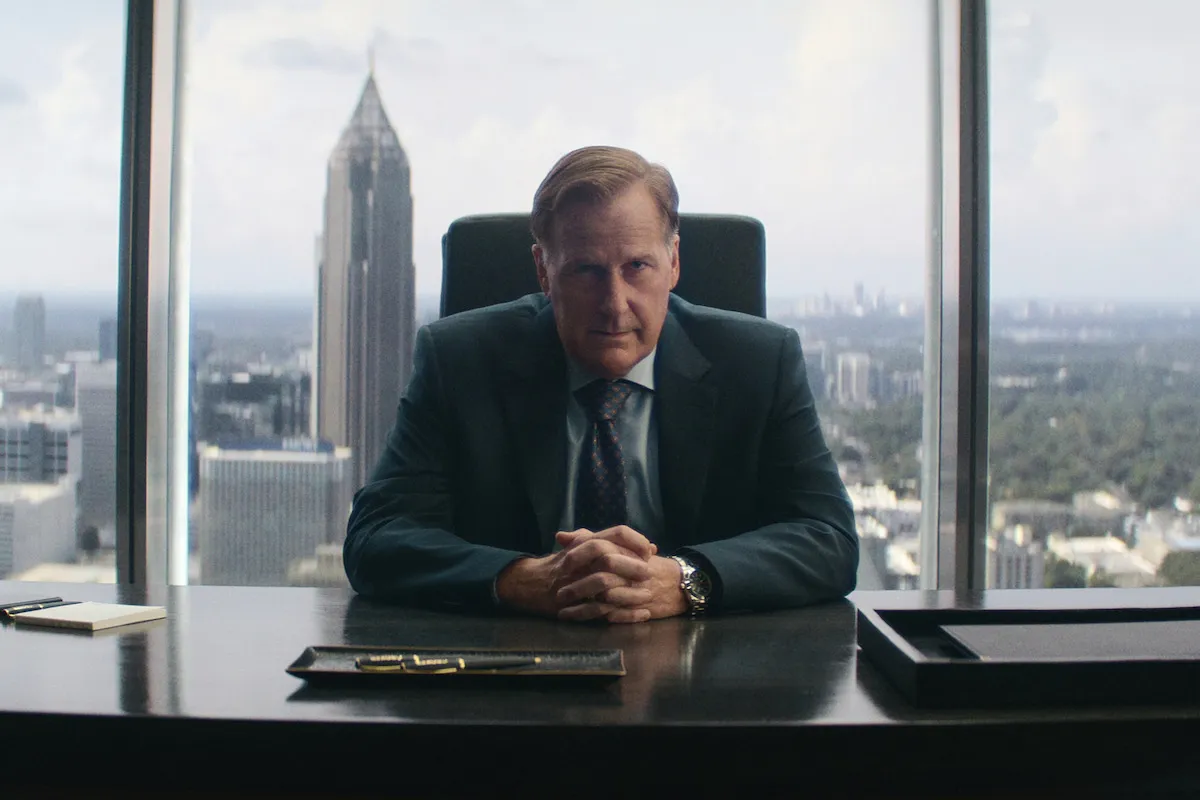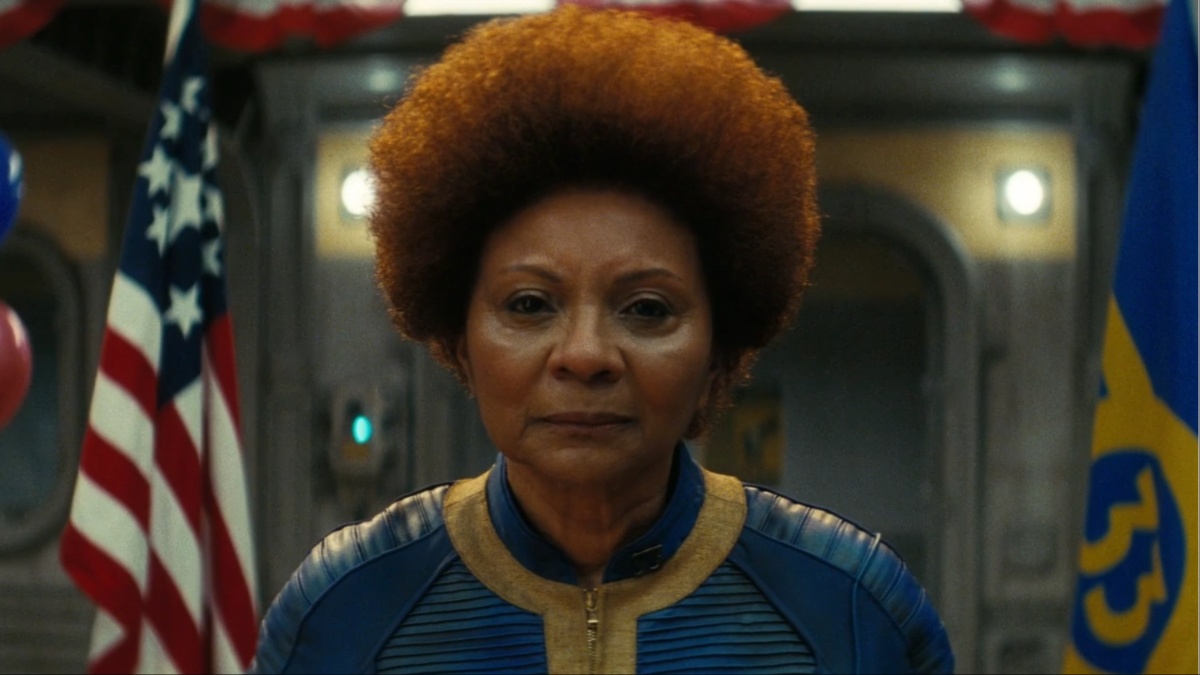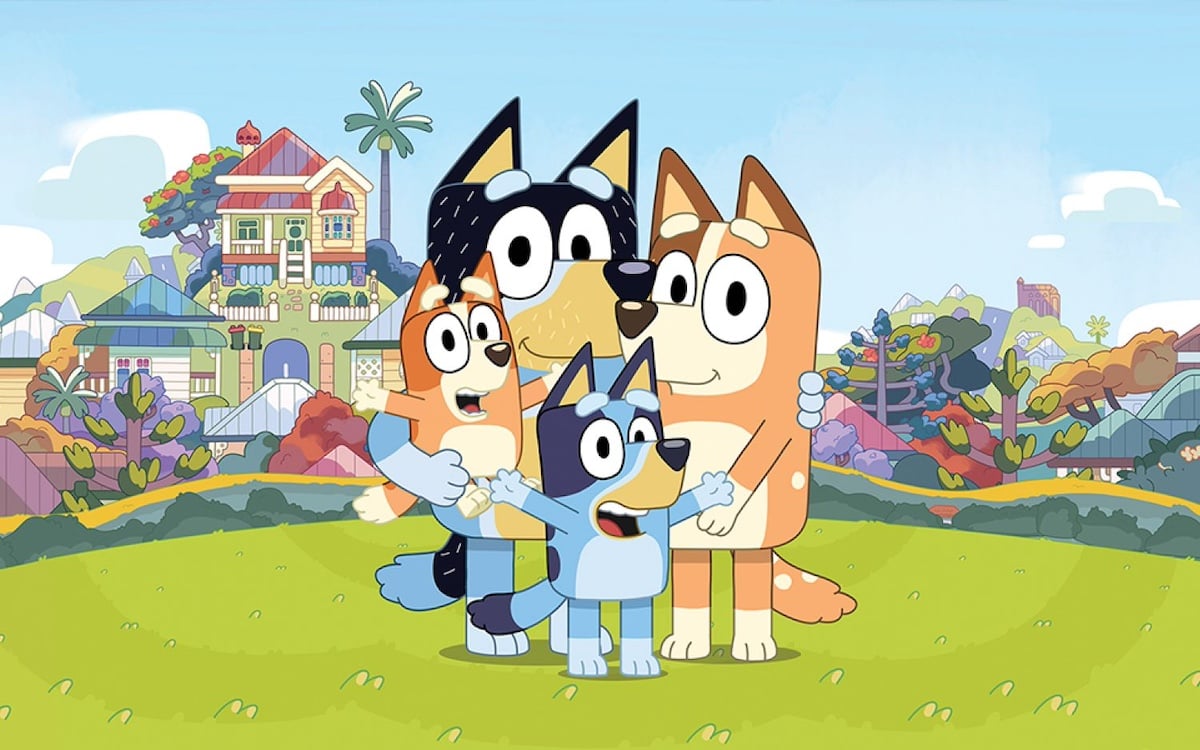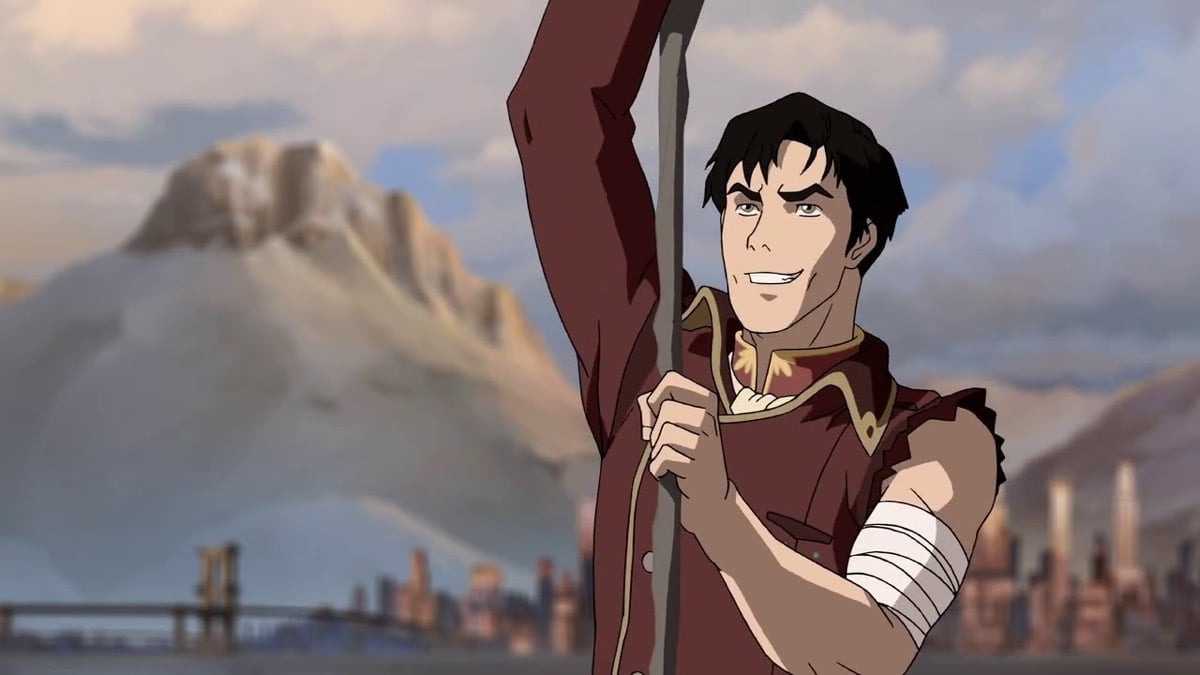Die-hard Tolkien-heads and audiences alike are still reeling from Amazon Prime’s release of the title card treatment for their long-awaited new show The Lord of the Rings: The Rings of Power. This is the first time they have given a subtitle to the mysterious series and it gives fans and newcomers a hint as to what the show might be encompassing when it arrives in September.
Newcomers to Tolkien’s epic fantasy world might wonder: “What are the Rings of Power? I thought Frodo just destroyed one!” Whereas longtime fans of Tolkien’s books and films might be curious as to how the rings will come into play during the series. Regardless of where you land on the devoted fan to casual observer spectrum, we’ve got answers and theories for you!
In Tolkien’s series (including The Silmarillion and his Unfinished Tales published by his son), the Rings of Power are the magical rings forged by the elven smiths (most notably Celebrimbor, a character rumored to be heavily featured in the upcoming show) in the Second Age under the tutelage of a disguised Sauron.
Sauron presented himself to the elves as a handsome emissary of the Valar (Tolkien’s god-like figures) named Annatar, “The Lord of Gifts,” offering his knowledge to supposedly transform Middle Earth with “the light of Valinor.” Unbeknownst to the elves, the magic he taught them was intrinsically tied up with his own evil and lust for control over all life. They made nineteen rings in total, while Sauron crafted his one master ring in secret—meaning there are a total of twenty Rings of Power.
Three Rings for the Elven-kings under the sky,
Seven for the Dwarf-lords in their halls of stone,
Nine for Mortal Men doomed to die,
One for the Dark Lord on his dark throne
In the Land of Mordor where the Shadows lie.
One Ring to rule them all, One Ring to find them,
One Ring to bring them all, and in the darkness bind them,
In the Land of Mordor where the Shadows lie.
The One Ring – Sauron
The one ring is the most well-known because it is the central object of both The Hobbit and the Lord of the Rings trilogy. Unlike the other rings, it was created as a simple gold band that only reveals its true nature when heated by fire or worn on Sauron’s hand. Then, it will show the incantation in the Black Speech: “One ring to rule them all, one ring to find them, one ring to bring them all, and in the darkness bind them.”
Sauron put almost all of his power into it so that it could control the other rings, and the power of the other rings depended upon its survival. When Sauron wears the ring it greatly enhances his power, when another wears it, it provides extended long life and invisibility. However, it also has an addictive and corruptive influence and will eventually turn the wearer to evil (see: Gollum). It also contains so much of Sauron’s spirit that it will act of its own accord, slipping off others’ fingers when advantageous, in order to get back to its master. It was forged in Mount Doom, and that is the only place it can be destroyed.
The Three – Elves
The three rings forged for the elves are named for the elements of fire, water, and air. They were the last to be made and were forged by Celebrimbor alone and in secret, without the direct supervision of Sauron. However, because they were made using his knowledge they are still ultimately bound to the One Ring. Because of this, the elves refused to use the rings until after the One was cut from Sauron’s hand. The Three’s powers are in the realms of preserving and healing and despite being bound to the One indirectly, they don’t have a corrupting influence on their wearers.
The names of the Three are:
- Narya (the Ring of Fire, the Red Ring): It is set with a ruby. It was originally given to Círdan, who eventually passed it onto Gandalf to use at the end of the Third Age. Narya can “rekindle hearts with its fire” and inspire people to resist tyranny, domination, and despair.
- Nenya (the Ring of Water, the White Ring): Made of mithril and set with a “shimmering white stone.” This one was sent to Galadriel and she used it to protect and preserve her forest kingdom of Lothlorien. Nenya’s power is connected to water and healing and protects others from evil.
- Vilya (the Ring of Air, the Blue Ring): The most powerful of the three. It was made of gold and set with a sapphire. Vilya was originally given to Gil-galad, but ended up eventually with Elron who used it to protect Rivendell. Vilya’s power is centered on the element of air and preserving wisdom.
The Seven – Dwarves
The seven dwarf rings were made under Sauron’s direct supervision and given to the rulers of the seven tribes of the dwarves: Durin’s Folk, Firebeards, Broadbeams, Ironfists, Stiffbeards, Blacklocks, and Stonefoots. The Seven Rings were used by the dwarves to increase their treasure hoards and extend their lives.
Because of the innate stubbornness of dwarves, Sauron was unable to bend the dwarves to his will, but the rings did amplify their greed and anger. Some accounts state that Sauron gave the rings to the dwarves himself after torturing the information of their location out of Celebrimbor. However, Durin’s Folk claim that his ring came directly from the Elven-smiths.
The Nine – Men
Sauron gave nine of the Rings of Power to rulers of men. They became “mighty in their day, kings, sorcerers, and warriors of old.” They gained invisibility, immortality, and the ability to see things normally hidden to mortal men. However, they eventually all fell to the power of the One Ring and became invisible themselves, trapped in the world of the spirits.
They became ringwraiths known as the Nazgul—the most feared of Sauron’s servants. Not much is said about the names of the men gifted these rings in Tolkien’s work, but he did write that three of them were “lords of the once-powerful island realm of Numenor.” Their leader, the Witch King of Angmar, a ruler of a northern kingdom whose capital was Carn Dûm, was one of the men of Numenorean origin. His second in command is named Khamûl—the “Black Easterling” or the “Shadow of the East.” Based on the map provided by Amazon, we can only hope that the origins of these two are some of the storylines explored in the series.
Ultimately, there’s a lot of lore for the show to pull from and a lot of gaps left by Tolkien for them to explore and expand upon when it comes to the Rings of Power and I can’t wait to see what they make of it!
(image: Amazon Prime)
Have a tip we should know? [email protected]
This article includes affiliate links, which may provide small compensation to The Mary Sue.



